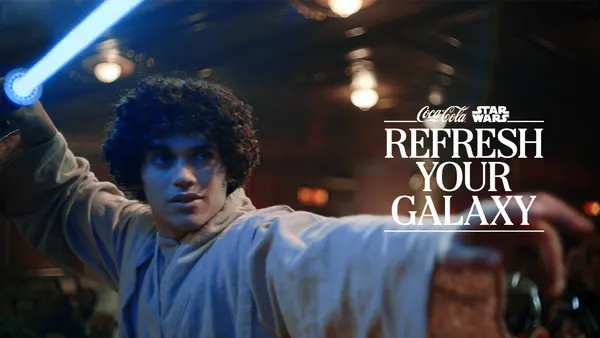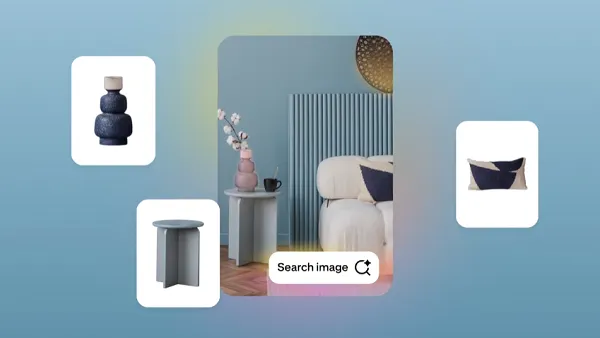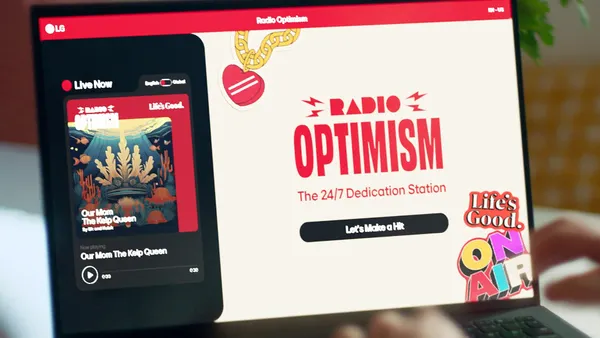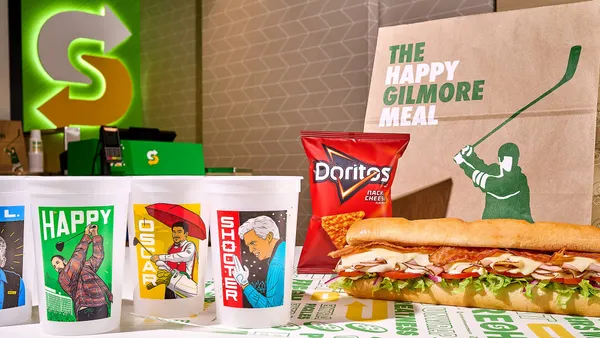Dive Brief:
- Three-quarters of national advertisers use influencer marketing, and 43% are planning to increase their spending on influencer marketing in the next 12 months, according to findings from the Association of National Advertisers made available to Marketing Dive. The survey revealed that, of those not already using influencer marketing, 27% plan to start in the next year.
- The most popular social media channels for influencer marketing were Facebook (86%) and Instagram (84%). Instagram was ranked as the most important platform by 36% and Facebook by 20%. Most respondents (86%) cited general brand awareness as their main objective for using influencer marketing; 69% use it for content creation and distribution, 56% use influencers to improve brand perception and 51% do so to drive purchases.
- Fifty-four percent of respondents said they were "satisfied" or "very satisfied" with their influencer marketing; 39% felt "neutral" about the performance of their influencer marketing, reporting they haven't been involved with the channel long enough to judge or were only using small-scale tests. When rating the effectiveness of influencer marketing, 44% were "neutral," 36% said it was "effective" and 19% said it was "ineffective."
Dive Insight:
As the influencer space continues to mature from a social media niche into a digital marketing go-to, the most successful applications of the tactic and the best channels on which to deploy it are becoming more apparent.
"We've found that a growing number of marketers are turning to influencers to help them combat ad blocking, leverage creative content in an authentic way, drive engagement and reach millennial and Gen Z audiences who avidly follow and genuinely trust social media celebrities," ANA CEO Bob Liodice said in a statement.
Large followings are enticing, but may not always get the best results, the ANA found, as messages can reach bigger audiences and drive engagement but don't necessarily translate into purchases. These findings line up with other recent research on the subject. A study by Fullscreen and Shareablee suggested that consumers find mid-tier influencers to be more engaging and trustworthy than both celebrities and micro-influencers, or personalities with less than 250,000 followers.
Influencers with 25,001 to 100,000 followers were the most popular among the brands surveyed by the ANA, with 66% reporting using them. Fifty-nine percent reported using micro-influencers with 50 to 25,000 followers, and 44% use macro-influencers with more than 100,000 followers. Most marketers (62%) pay their influencers and 30% pay per post. Sixty-two percent said they spend less than $100,000 per year on influencer marketing and 38% spend more than $100,000.











